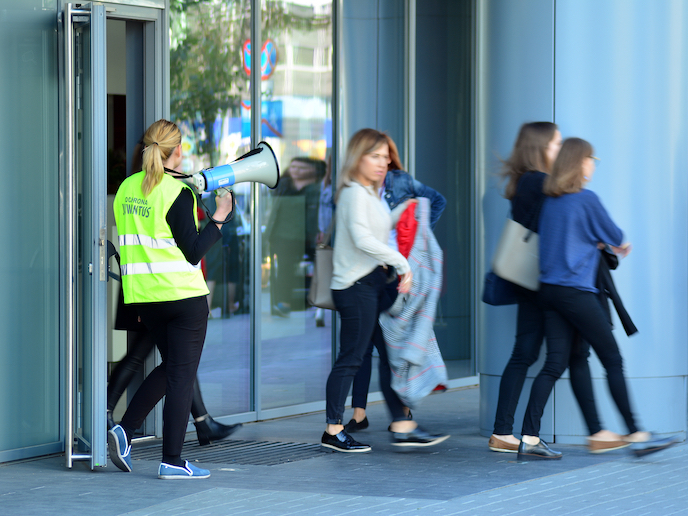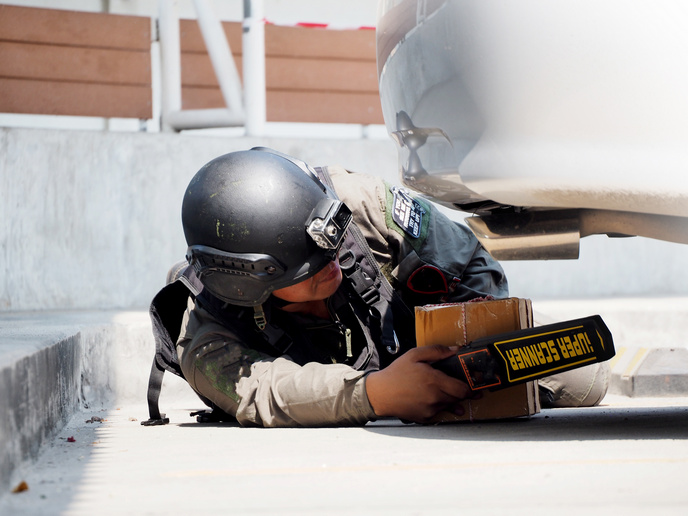Hands-on guidance helps save lives in emergencies
The results of the EVACUATION project(opens in new window) provide new clues for cutting down evacuation times. The research, which was undertaken with the support of the Marie Skłodowska-Curie Actions(opens in new window) programme, identified and tested communication strategies and pinpointed the most common risky behaviours hampering the evacuation process. “We found that staff guidance is more effective compared to alarm sounding only,” explains Natalie van der Wal, Marie Skłodowska-Curie research fellow and EVACUATION project coordinator. “If people don’t see the danger, they need extra information for a fast response.”
Dynamic directions
Staff guidance is instrumental in reducing the amount of time it takes for people to decide to move towards the exit, which has been shown to take minutes or even hours, depending on the situation. For instance, in an unannounced evacuation drill at a train station, people took up to 10 minutes to start moving. This so-called response time reached 25 minutes in WTC tower 2 during the 9/11 attacks. The total evacuation time is the sum of this response time and the time it takes for the group to then walk towards the exit. “For the second part, we have found that dynamic signs and running lights can help guide people to exits. We recommend these be applied in practice more regularly, in addition to signs and warnings,” says van der Wal. The research team’s findings are based on videos of actual evacuations and interviews with emergency service members as well as agent-based modelling (ABM), which enabled them to test the new communication strategies before their application in the real world. “You create a computer model in which individuals are represented as software ‘agents’ that can interact with each other and their environment. The strengths of ABM are that you can find out what will happen on the aggregate level and run simulations for many different populations and environments – something you cannot easily do in real life,” van der Wal adds.
Top five risky behaviours
The team also looked into those behaviours most likely to slow down the evacuation process and result in bottlenecks. Five behaviours emerged as key risk factors: slow response times; picking up belongings before evacuating; taking the familiar route, rather than the nearest exit; running; and filming the incident with smartphones. To ensure that the findings of the project are effectively translated into faster evacuations with fewer casualties, its results and recommendations were communicated to safety practitioners including police, firefighters, safety managers and crowd managers through workshops, magazines, research blogs and one-on-one sessions.







